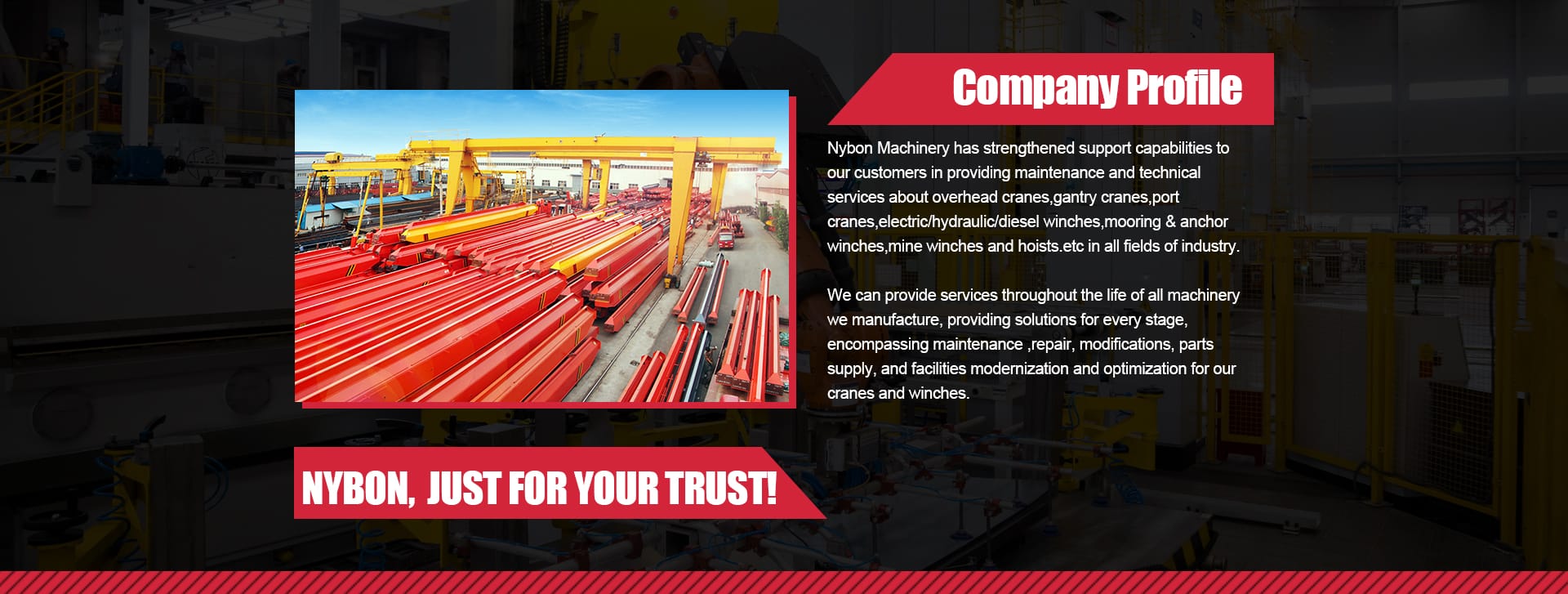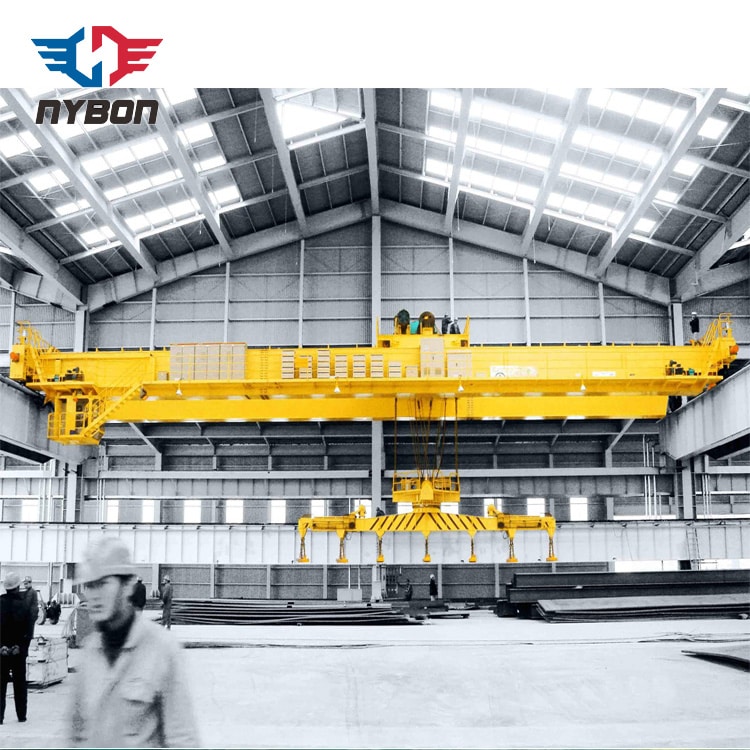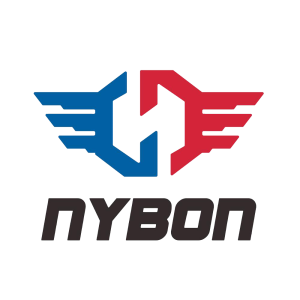Understanding Safety Standards for Bridge Cranes
Introduction to Bridge Crane Safety Standards
Bridge cranes are essential pieces of equipment used in various industries, from manufacturing to construction. However, to ensure that these powerful machines operate safely and efficiently, it is critical to adhere to strict safety standards. These bridge crane safety standards are designed to protect workers and improve operational reliability. In this article, we’ll delve into the key safety regulations you need to be aware of when using bridge cranes and why they matter.

Why Bridge Crane Safety Standards Matter
Bridge cranes are powerful machines, and their proper use can significantly reduce the risk of accidents in the workplace. For industries like manufacturing, construction, and warehousing, adhering to safety standards is not just about compliance; it’s about creating a safer working environment.
Key Bridge Crane Safety Standards You Should Know
1. Inspection and Maintenance Requirements
Regular inspections are critical to ensure the crane’s functionality and safety. It’s recommended that you conduct routine checks before and after each use. This includes examining hooks, wires, and load-bearing components. According to OSHA standards, cranes should be thoroughly inspected annually by a qualified person
2. Clearance Regulations
A crucial safety aspect is maintaining the proper clearance between the crane and obstructions. OSHA mandates that there should be a clearance of at least 3 inches above the crane and 2 inches laterally from any obstacles. This minimizes the risk of the crane colliding with other equipment or overhead structures
3. Load Capacity
Every crane has a specific load limit, and exceeding that limit can result in catastrophic failure. Ensuring that the load being lifted does not exceed the crane’s rated capacity is a fundamental safety measure. Proper labeling of load limits is essential for preventing accidents.
4. Operator Training
It’s important that operators are adequately trained to handle bridge cranes. Training ensures they understand not only how to operate the crane but also how to recognize potential safety hazards. Training should include how to properly control the crane, identify load limitations, and recognize the signs of mechanical issues.
5. Emergency Stop Systems
Bridge cranes must be equipped with reliable emergency stop systems. These systems ensure that operators can immediately halt crane operations in case of an emergency, preventing accidents or injuries. Such safety mechanisms are required by various crane safety standards to mitigate risks.

Common Bridge Crane Safety Features
| Feature | Purpose |
|---|---|
| Emergency Stop Button | To stop the crane in case of emergency |
| Load Limit Indicator | To prevent exceeding weight limits |
| Anti-collision Sensors | To avoid crane collisions with obstacles |
| Overload Protection | To ensure the crane doesn’t lift too much weight |
| Warning Alarms | To alert workers of moving loads or hazards |
NYBON Machinery and Bridge Crane Safety
At NYBON Machinery, we understand the importance of bridge crane safety standards. We manufacture high-quality industrial bridge cranes, gantry cranes, jib cranes, and electric hoists. Our equipment complies with international safety standards to provide safe and reliable lifting solutions. Whether you’re in manufacturing, construction, or any other industry, our cranes are designed to meet the strictest safety regulations.
Safety is paramount when it comes to bridge cranes. Understanding and implementing the necessary bridge crane safety standards ensures that operations run smoothly, safely, and efficiently. Regular inspections, proper training, and compliance with load and clearance standards are just a few of the key factors in maintaining a safe working environment.
For more information on our range of safe and reliable lifting equipment, visit NYBON Machinery.
Get A Quote Today
Welcome to send a free inquiry to —info@nybonmachinery.com

